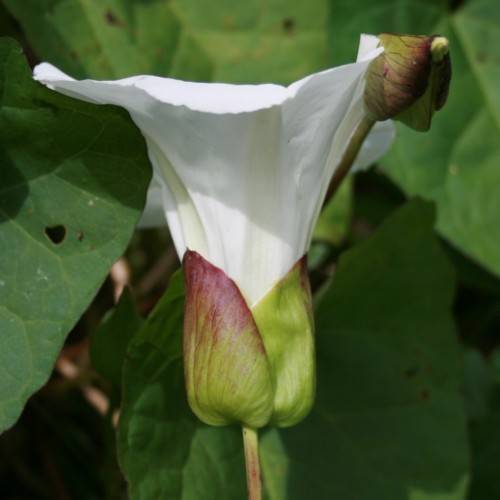
Short-Stalked False Bindweed
Calystegia silvatica subsp. silvatica
Watering:
Frequent
Hardiness Zone:
Sun:
full sun,part shade
Leaf:
Yes
Growth Rate:
Low
Invasive:
Yes
Care Level:
Medium
watering
The Appalachia False Bindweed should be watered deeply and regularly. During the peak of the growing season, the plant requires 1-2 inches of water per week. Water should be applied at the base of the plant, avoiding foliage, and should sink into the soil rather than running off. Plants should be allowed to dry out slightly between waterings. During the winter, water should be provided only when the soil begins to dry out. Young plants should not be allowed to dry out for too long and should not be left completely dry for more than a few days.
sunlight
Appalachia False Bindweed (Calystegia sepium subsp. appalachiana) requires plenty of sunlight for optimal growth. The plant is best suited to direct sunlight for at least 6 hours each day. In areas with long days during summer months, the plant should receive around 8 hours of direct sunlight each day, with some afternoon shade, if possible. The plant should be kept out of any direct, hot afternoon sun to prevent scorching and burning of its delicate foliage. During winter months, or in regions with shorter days, the amount of direct sunlight can be reduced to 4-6 hours per day.
pruning
Appalachia False Bindweed should be pruned in early spring, once the frost has passed. Pruning should only be performed on the main stems and should not involve cutting out entire trunks or branches. Remove any dead or diseased stems and reduce the length of any overly long stems. Pruning should also be used to create more natural shapes and develop the structure of the plant. Pruning should be done to remove any damaged or overcrowded stems, as well as any wayward or unwanted growth. If needed, pruning can be repeated a couple of times during the season to encourage new growth and overall health.
